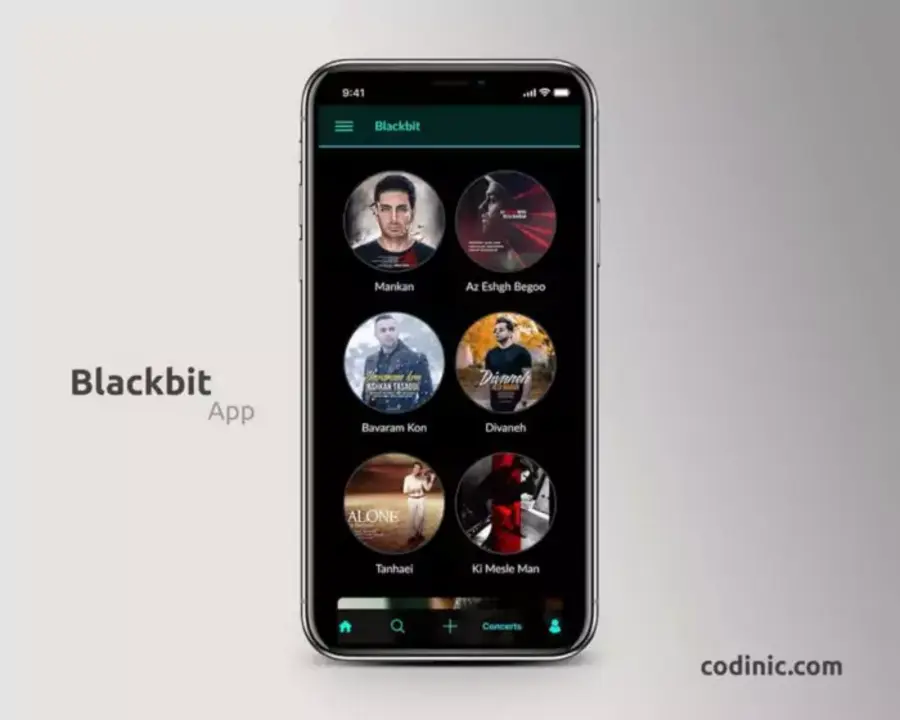Agile Methodology
Agile methodology is an approach to software development that focuses on flexibility, adaptability, and customer orientation, unlike traditional, linear methods. In this approach, the team divides the project into smaller chunks (sprints), delivering a working product at the end of each sprint. This allows the team to receive customer feedback throughout the project and respond more quickly and effectively to changing needs.

Basic Principles of Agile Methodology
- Individuals and interactions: More important than processes and tools.
Working software is more important than extensive documentation. - Customer cooperation: More important than contract negotiation.
Responding to change is more important than sticking to a comprehensive plan.
Agile Metadology Advantages
- Flexibility and Speed: The team rapidly adapts to changing needs.
- Customer Satisfaction: The team continuously receives and incorporates customer feedback into the product development process.
- Quality: Every sprint delivers a working product, which is continuously improved.
- Transparency: The client and team can follow all stages of the project.
- Motivation: Team members take on more responsibility and stay more committed to the project.
Disadvantages of Agile Metadology
- Requires Experience: An experienced team is essential to successfully implement the Agile methodology.
- Lack of Documentation: Agile requires less documentation compared to traditional methods.
- Challenges in Large Projects: Implementing Agile can be challenging in large and complex projects.
- Customer Involvement: The customer must remain continuously active in the project.
- Change Management: Adapting quickly to changes can be difficult for some teams.

Different Approaches to Agile Methodology
- Scrum: One of the most popular Agile frameworks, based on concepts like sprints, daily meetings, and product backlogs.
- Kanban: Optimizes work flow through a visual management system.
- Extreme Programming (XP): Focuses on techniques like coding standards, test-driven development, and continuous integration.
Scrum
Scrum is an Agile project management framework designed for managing particularly complex projects. It follows an iterative and incremental development model.
Highlights:
Sprints: Short, time-limited cycles, usually lasting 1-4 weeks, aimed at delivering a working product at the end of each sprint.
Roles:
Scrum Master: Ensures proper implementation of the process and removes obstacles for the team.
Product Owner: Sets business priorities and communicates customer needs to the team.
Development Team: Carries out the technical work.
Meetings (Ceremonies):
Sprint Planning: Defines the work to be done and the sprint’s goal.
Daily Stand-up (Daily Scrum): Reviews progress in brief daily meetings.
Sprint Review: Presents the output produced at the end of the sprint to the customer or stakeholders.
Sprint Retrospective: Provides feedback to improve team processes.
Intended Use:
Scrum is ideal for teams with a clear vision who need to manage ever-changing requirements and deliver a working product with each iteration.
Kanban
Kanban is a system designed to improve work management and identify bottlenecks by visualizing the workflow. It was developed from the Toyota Production System in Japan.
Highlights:
- Visualization: The workflow is typically visualized on a Kanban board, which may include columns like To Do, In Progress, and Done.
- Work in Progress (WIP): Limits the number of tasks in progress at any given time, enhancing focus and preventing bottlenecks.
- Continuous Flow: Kanban emphasizes the continuous flow of tasks from start to finish, rather than iterations.
- Flexibility: Work priorities can be adjusted on the fly in Kanban.
Intended Use:
Kanban is ideal for teams aiming to optimize workflow and balance workloads. It encourages a culture of continuous improvement.
XP (Extreme Programming)
XP (Extreme Programming) is an Agile development methodology designed to enhance software quality and quickly respond to changing requirements.
Highlights:
- Small Versions: Customers receive working versions frequently.
- Pair Programming: Two developers work together on the same code—one writes while the other reviews.
- Test Driven Development (TDD): Tests are written before code, and the software is developed to pass these tests.
- Continuous Integration: Code is continuously integrated and tested.
- Code Simplicity: Solutions are kept simple to avoid unnecessary complexity.
- Continuous Communication: Ensures ongoing communication between the team and customer representatives.
Intended Use:
XP is ideal for teams focused on maximizing customer satisfaction and improving software quality, particularly in projects with rapidly changing requirements.
Differences and Commonalities
| Feature | Scrum | Kanban | XP |
|---|---|---|---|
| Basic Approach | Iterative and sprint-based | Continuous flow oriented | Test and quality-oriented |
| Planning | Planning in sprints | Open to momentary changes | Planning with continuous communication |
| Visualization | Sprint Backlog | Kanban Board | Code and tests |
| Focus | Produce fast output | Optimizing the flow | Improving software quality |
| Area of Use | Complex projects | Processes that require continuous workflow | Fast changing requirements |
Use Together
These methodologies can be used in combination depending on the project’s needs. For example:
- Scrum and Kanban: A hybrid method, known as Scrum-ban, combines Scrum’s sprint structure with Kanban boards to manage workflow.
- Scrum and XP: Scrum’s process management can be combined with XP’s technical practices to ensure quality and organized deliveries.
Each method should be chosen and tailored to fit the specific needs of the team and the project.
When Agile Metadology is Appropriate
- In fast-changing markets: In sectors where technology evolves quickly and customer needs are constantly shifting.
- Small and medium-sized projects: Easier to implement than large, complex projects.
- In projects with high customer involvement: Ideal for projects where customer feedback plays a significant role.
To summarize:
Agile methodology is a powerful approach that offers flexibility and customer orientation in software development. However, it may not be suitable for every project. It is crucial to choose the right methodology, considering factors like the size, complexity of the project, and customer expectations.


